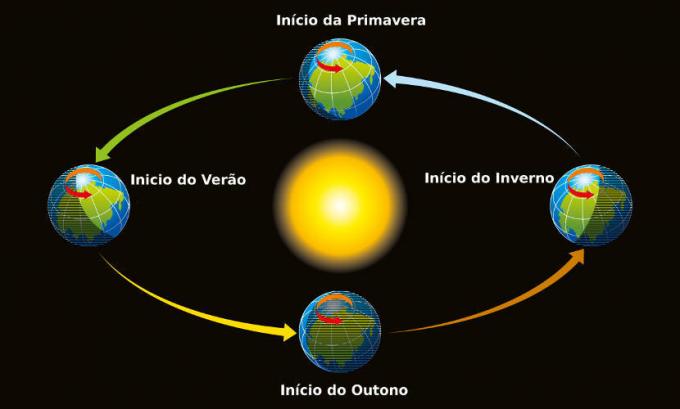Space junk is any object launched into Earth's orbital space that is no longer useful, such as satellites. deactivated, satellite or rocket fragments, and even instruments and tools lost by astronauts during space missions.
According to NASA, since 1957, with the launch of the Sputnik, by the Soviet Union, about 4,000 satellites were launched into our planet's orbit, many of them currently deactivated. These objects are “traveling” through space at speeds of up to 36,000 km/h, and approximately 200 of them fall to Earth every year.
The higher the altitude of a space junk, the longer it will remain in orbit. For example, wreckage that is at an altitude of around 600 km takes years to enter the Earth's atmosphere, while at an elevation of 1000 km it takes centuries.
Do not stop now... There's more after the advertising ;)
Space junk poses more danger to active satellites and manned spacecraft in space (and future space expeditions) than than properly to the inhabitants of the Earth, because, when it comes in contact with the atmosphere, a great part of the debris is burned and destroyed. Those that manage to cross this barrier usually fall into the oceans, as these represent 75% of the planet's volume.
The technology has yet to produce equipment capable of collecting space debris. The only plausible solution so far is to direct the satellites to the so-called cemetery orbits, which would be basically program a satellite to follow an orbital route far from Earth, as soon as its useful time is up. ran out.
By Regis Rodrigues
Graduated in Geography
Would you like to reference this text in a school or academic work? Look:
ALMEIDA, Regis Rodrigues de. "Space junk"; Brazil School. Available in: https://brasilescola.uol.com.br/geografia/lixo-espacial.htm. Accessed on June 27, 2021.

